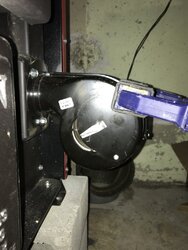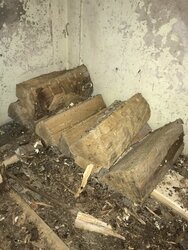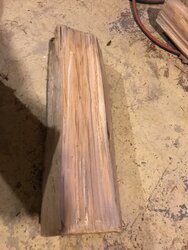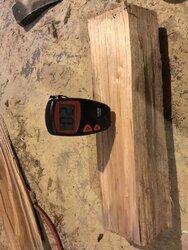Not sure I'm grasping what the 2 hour gap is either. Did it smoulder for 2 hours before it really took off?
Yup... happened to wake up around 5:15am, remember I loaded at 3:30, and the fire box was only 250degs. Opened the load door for about 1 min and 15mins later the stove just took off like a rocket.








